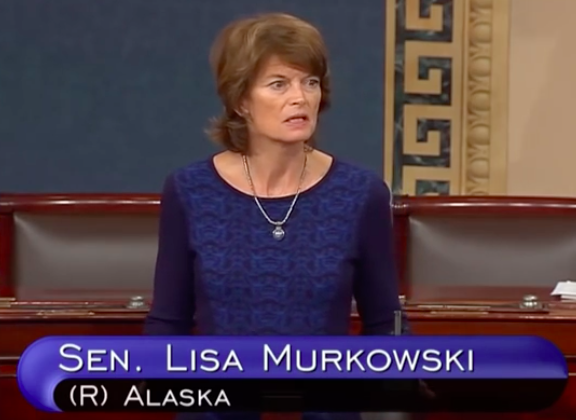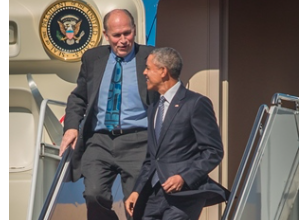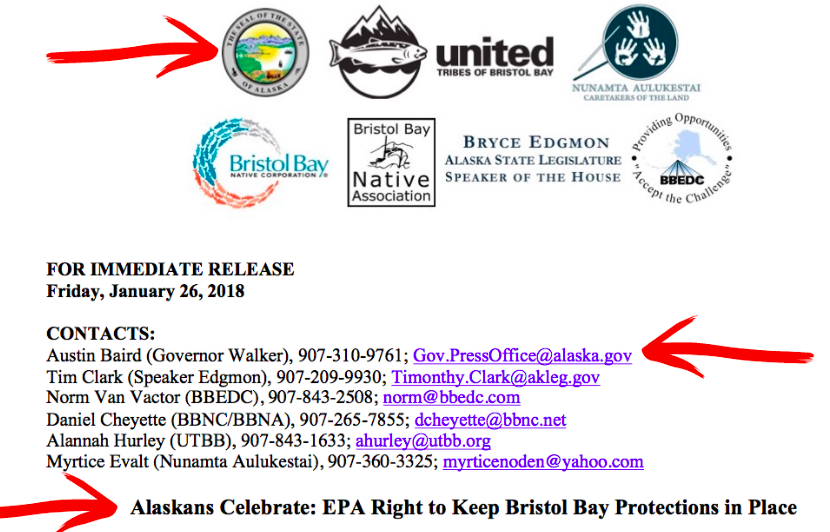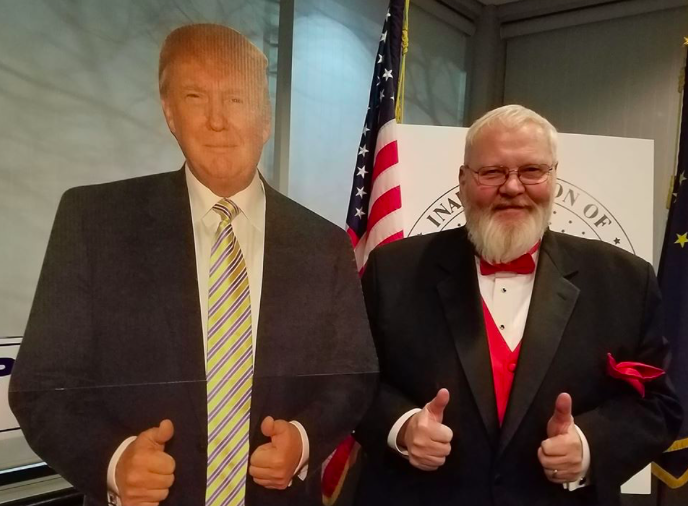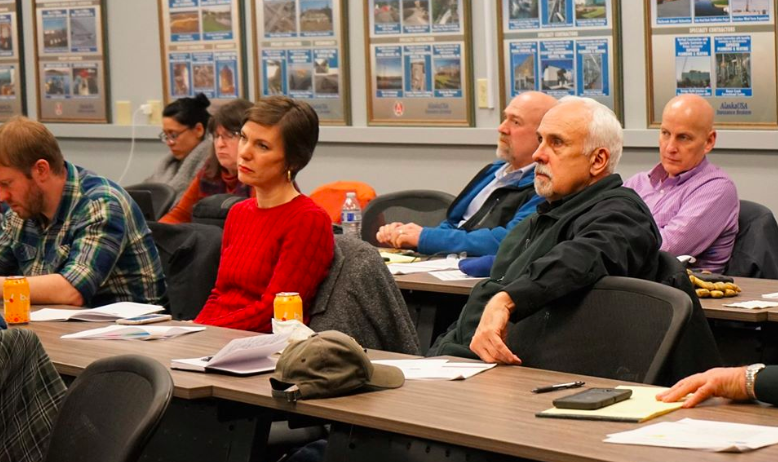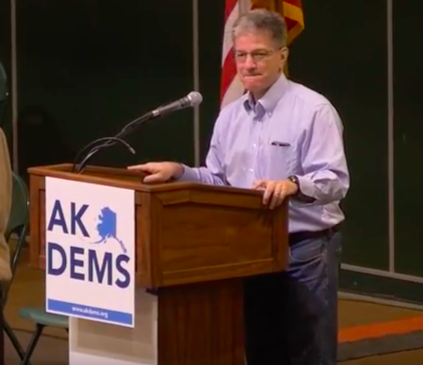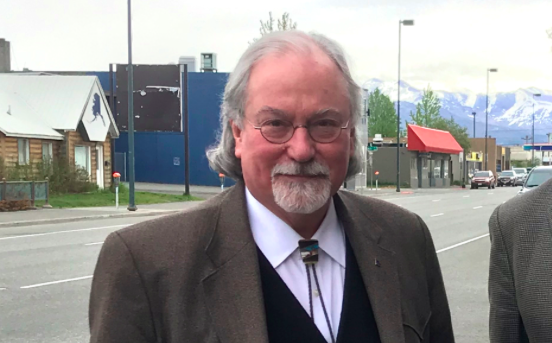Sen. Lisa Murkowski defied expectations and surprised critics today by giving her full-throated support of the drone strike ordered by President Trump that killed Iranian Gen. Soleimani.
Murkowski, who at key times has stood in opposition to Trump, issued a statement of support and agreed to cosponsor a resolution to back the president:
“I am pleased to support Senator Cruz’s resolution commending the President and the men and women of the United States Armed Forces and intelligence community for the successful operation against Qasem Soleimani. It has long been known that General Soleimani and the Iranian Quds Force are dangerous and destructive members of one of the largest terrorist groups in the world. For decades the U.S. attempted to dissuade Soleimani and the Quds Force from continued aggression against the U.S. and our allies. They are responsible for the deaths of hundreds of American servicemembers and repeated attacks on American facilities, including the horrible and unacceptable attacks on the U.S. Embassy in Baghdad that recently took place.
The actions taken by the U.S. military and intelligence community at the charge of the President were significant, decisive, and eliminated one of the greatest threats to peace in the region. The precision and professionalism of our men and women in uniform and throughout the intelligence services demonstrates why we are all grateful for their service. – Sen. Lisa Murkowski
“Through collaboration and continued briefings with my colleagues, the administration, and members of the military community, I hope to find a path forward to de-escalation,” Murkowski wrote.
Democrats in Congress have been critical of the killing of Soleimani. Sen. Chuck Schumer said, ‘We do not need this president either bumbling or impulsively getting us into a major war.”
The House of Representatives, on a party-line vote, adopted a war powers resolution to try to limit the ability of the president to take further military action against Iran. It passed 224-194, with Congressman Don Young voting against it.
Speaker Nancy Pelosi said, “Last week, in our view, the administration conducted a provocative disproportionate airstrike against Iran which endangered Americans, and did so without consulting Congress,” Pelosi said at her weekly press conference.
Murkowski didn’t issue an immediate statement, but rather she waited because she knew Sen. Cruz was working on a resolution that she wanted to cosponsor.
The resolution is similar to that which passed after Osama bin Laden was killed in a raid by Seal Team Six, at the direction of then-President Barack Obama. That resolution, offered in 2011, passed unanimously in the Senate with all 100 senators voting in favor of it.
Senator Cruz’ resolution has 43 cosponsors, including Sen. Murkowski, and Sen. Dan Sullivan of Alaska. The others include:
Sen. Cruz was joined by 43 original cosponsors: Sens. Tom Cotton (R-Ark.), Martha McSally (R-Ariz.), Kevin Cramer (R-N.D.), Lindsey Graham (R-S.C.), John Barrasso (R-Wyo.), Marco Rubio (R-Fla.), John Cornyn (R-Texas), Cindy Hyde-Smith (R-Miss.), Roy Blunt (R-Mo.), Pat Toomey (R-Pa.), Roger Wicker (R-Miss.), Joni Ernst (R-Iowa), John Hoeven (R-N.D.), Thom Tillis (R-N.C.), Shelley Moore Capito (R-W.Va.), Rick Scott (R-Fla.), Steve Daines (R-Mont.), Mike Braun (R-Ind.), Josh Hawley (R-Mo.), John Kennedy (R-La.), Kelly Loeffler (R-Ga.), David Perdue (R-Ga.), Marsha Blackburn (R-Tenn.), Ben Sasse (R-Neb.), Deb Fischer (R-Neb.), Pat Roberts (R-Kan.), Jim Inhofe (R-Okla.), Chuck Grassley (R-Iowa), John Boozman (R-Ark.), Rob Portman (R-Ohio), Jim Risch (R-Idaho), Ron Johnson (R-Wis.), Mike Rounds (R-S.D.), James Lankford (R-Okla.), Bill Cassidy (R-La.), Mike Enzi (R-Wyo.), Tim Scott (R-S.C.), Richard Shelby (R-Ala.), Mike Crapo (R-Idaho), Cory Gardner (R-Colo.), and Senate Majority Leader Mitch McConnell (R-Ky.).
Congressman Don Young issued a statement in support of the president:
“Qasem Soleimani was a terrorist who committed heinous atrocities and facilitated human rights abuses against the oppressed people of Iran. Freedom-loving people everywhere shed no tears for his loss, and our world is a safer place without him. America’s military is strong and stands ready to defend our citizens, allies, and way of life against further aggression by the Iranian regime. I am grateful for President Trump’s strong leadership as the world comes together in support of the Iranian peoples’ pursuit of liberty.”
Sen. Dan Sullivan, interviewed on Fox, also voiced his strong support of the president’s decision:
